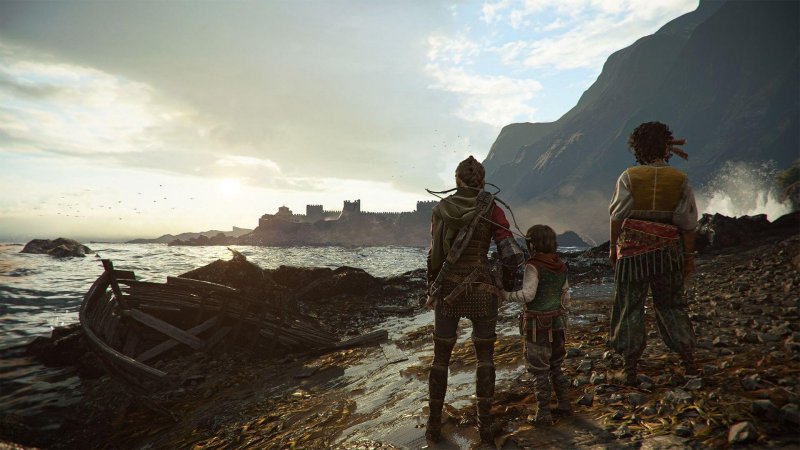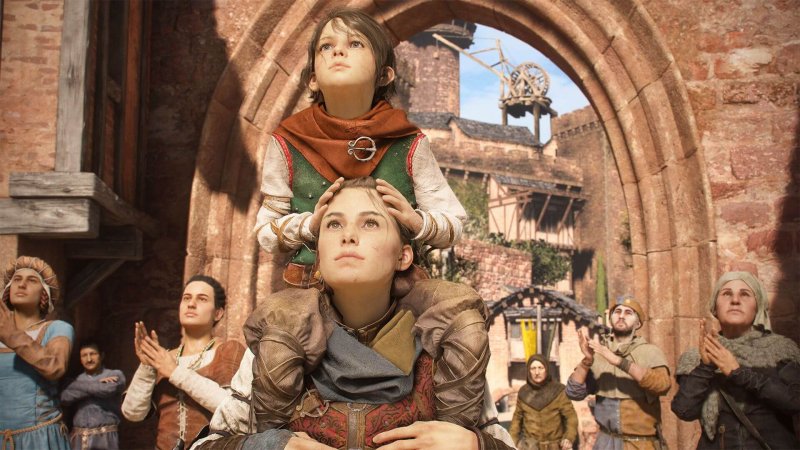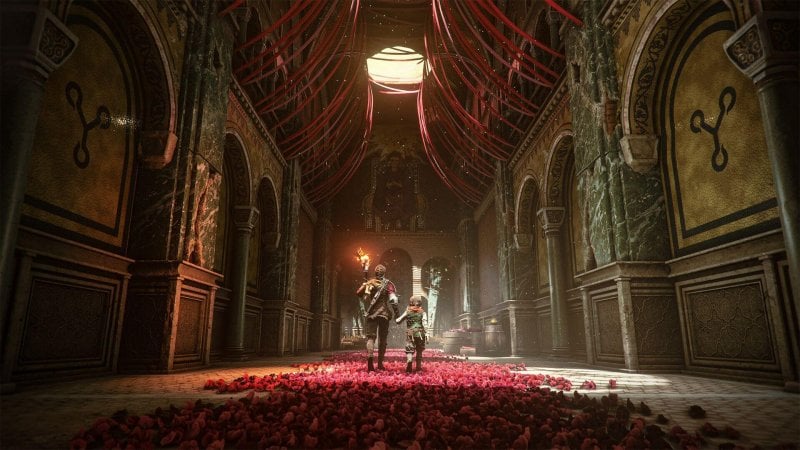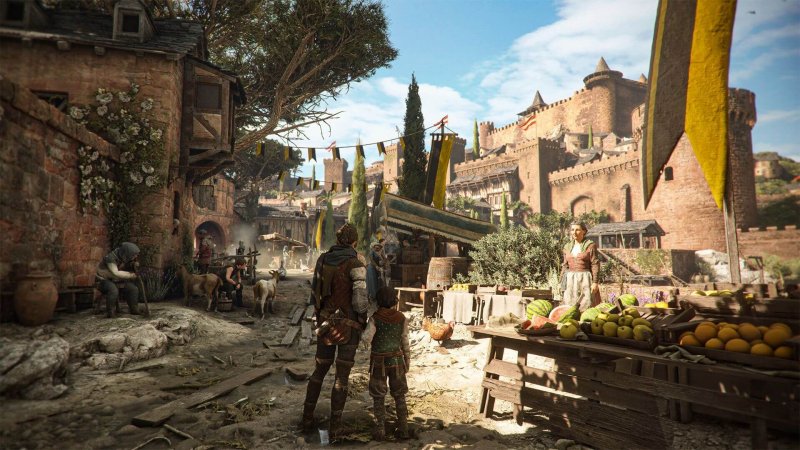To stand out in a competitive environment such as video games, it is practically imperative to have at least one distinguishing feature as a development team. This asobo it is undoubtedly a formidable competency for anything related to the technical sector. After all, the first A Plague Tale was certainly not a mechanically revolutionary game, but it did manage to stand out due to a distinctly superior look and a remarkable mix of art direction and art direction than would generally be expected from a production with limited resources behind it. general robustness. Microsoft Flight Simulator, which was soon entrusted to the software house, did nothing but underline the incredible skills of this French group of developers in the graphics space (as well as reinforce their apparent ability to complete difficult projects in far-from-the-Biblical times). .
But after the success of Innocence, Asobo Studio is now grappling with an almost inevitable sequel called A Plague Tale: Requiem, and given the curriculum, fan expectations are higher than ever. we can Try A Plague Tale: Requiem Thanks to the Tribeca Festival for almost an hour and today, after bathing in a sea of mice more than we’d like, we’re ready to give you our first impressions.
our rat

There History Requiem continues right after the end of the first episode. We’re not giving you any spoilers for the finale: Just know that the two brothers, Amicia and Hugo, are still at the center of events, and although they escaped to the hot lands of the south, the two poor boys did not manage to escape. the curse that bothers the younger brother. However, we weren’t able to play this sequel’s campaign from the very beginning, as the demo started from the third episode; then we found ourselves checking out young Amicia with another partner named Lucas (he was already in the previous game).
The aim of the playable level was on the simple card: to get some soothing herbs to soothe poor Hugo’s nasty crisis caused by some alchemical cure. However, things got complicated almost instantly when, after leaving the “quiet” starting area, we found ourselves still struggling with the usual inevitable. sea of rats and with a group of guards eager to eliminate any nearby witnesses.
Yes, in short, the foundations of Requiem seem to be the same as its predecessor, but considering Hugo’s situation after the first adventure and the landslides of the narrative, we expect significant structural changes in the coming chapters.
In general, what we tested is still a confused between stealth game and puzzle gamealbeit with some changes. In fact, the game now looks a bit more brutal than in the past as there are more approaches and rats and guards facing more cunning to avoid being killed in a matter of seconds. Amicia actually has quite a few tools at its disposal, but we guarantee you’re pretty much offended for marginal mistakes, either because it’s taken straight into action or because of the increasing complexity of situations. In summary, Requiem seems to want to maximize the tension from having to deal with a sea of man-eating rodents, as if that wasn’t a logical reason to be on the edge of the skin anyway.
Moral choices or simple survival?

To give you an example, to produce is once again central, and in the tested section Amicia can craft projectiles or grenades from rock salt and sulfur, extinguishing or lighting fires at will. Combined with the ability to throw stones with a simple slingshot, this ammunition is the most natural way to survive in any situation: torch-wielding guards can simply be eliminated by extinguishing their flames, and entire groups of enemies turn into mouse food with a well-placed grenade. ; However, the classic gems are not so abuseable, as soldiers are often protected by steel helmets and therefore must be eliminated in more creative ways.
For his part, his hero is now also push the guards if he catches them by surprise or stabs them if they have knives, they are in danger, but the soldiers are not the most dire threat (despite their sometimes rather infamous position) but the rats themselves. The navigation of the maps is actually quite complicated, there are no indicators and the torches take a few seconds, so you can’t hope to progress unless you collect all the possible resources scattered around the buildings and use the fires. Properly.

But what about the multiple options we mentioned earlier? Well, it is possible to easily circumvent even the most complex stages by slaughtering, but there seems to almost always be a chance to overcome unseen territory peacefully; doing this makes everything extraordinarily complicated. However, at this time it is unclear whether choosing the peaceful path has led to some changes in the narrative: Amicia verbally interprets and justifies her actions at a certain stage when she eliminates a few too many soldiers and we can’t figure out how to do it. rescuing a character could perhaps have been completed in a much more positive way (unfortunately we didn’t have the opportunity to test it), so we suspect that there are more obvious intersections this time and that the hero’s behavior may lead to alternative developments in the story.
Generally? Despite our awkwardness in figuring out where to go, we enjoyed the experience. do you have a faultenemy AI and even placing mice on certain maps seemed very punishing, but Requiem already looks like a fair evolution of the first part from what was tested.

However, once again, the most titanic steps forward can be seen. technical sector. True, there are some woody and unnatural animations before certain scenario stages, but the visual impact is generally impressive. The maps are eerily detailed, the atmospheric effects are truly realistic (a downpour in the early stages left us speechless thanks to its almost indistinguishable rain and the puddles’ reaction to water droplets), and even the animations have been significantly improved. Asobo’s new doll looks incredible, and if the game does indeed change and grow predictably during the campaign, there’s a good chance you’ll have a much higher pearl in your hand than the Innocence you currently have.
SYMPTOMS
- Technically impressive and remarkable art direction
- It seems more punishing and difficult than before
- Core mechanics remain intact
- We saw only a small part of the countryside
- A few marginal flaws here and there
Source: Multiplayer

